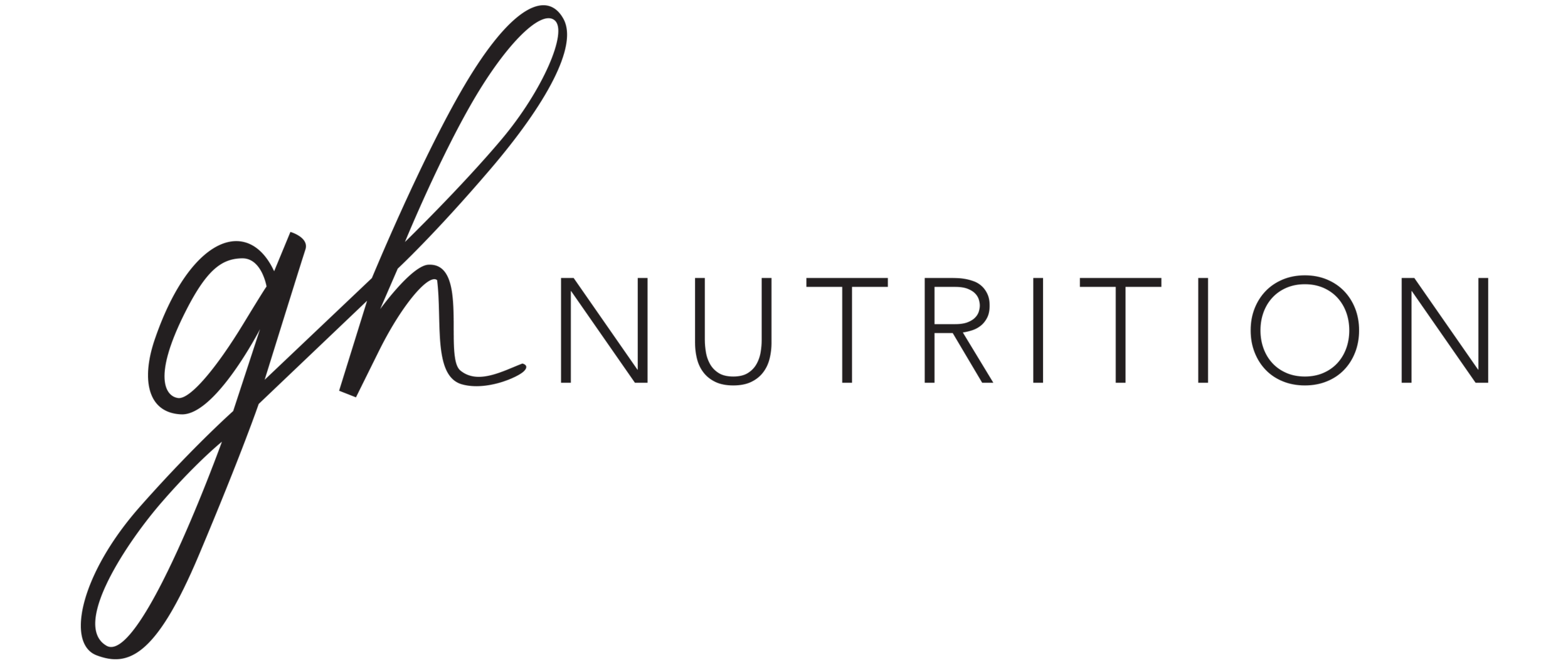How to Read a Food Label
We’ve all been there, standing in the shopping aisle, trying to decipher the back of a food label. Unsure of what all the numbers mean, we turn to the front of the product and rely on eye-catching words like “no added sugar”, “low fat”, “reduced salt”.
But does this even guarantee that it is healthy?
Food labels can often be very misleading and tricky to understand.
Knowing what information to look out for can help you make more informed choices about your health and steer clear from any unnecessary added sugar, salt and saturated fat.
Now if you’ve ever been in one of my consults, I always harp on about how food isn’t numbers and for clients trying to develop a healthy relationship food, I highly encourage them to not even look at food labels! #gamechanger in breaking down food rules.
But for those that are just starting their health journey and looking to incorporate a few more healthier choices into their day, I have put together a few basic things to look out for below.
It’s your time to own that shopping aisle like the boss babe you already are!
Ingredients List
If you can’t pronounce it, or it has numbers, don’t eat it.
Food manufacturers for most packaged foods are required to list their ingredients in descending order. Meaning that the first ingredient listed on the packet is primarily what the food is made up of. For example, if you are eating peanut butter, you would hope that the first ingredient would be peanuts (fingers crossed).
This rule lets you spot foods that might be high in saturated fat, added sugar or salt because these ingredients would be listed in the first few lines.
Be careful though, as manufacturers often use disguise words. For example, similar words for sugar include dextrose, fructose, glucose, golden syrup, honey, maple syrup, sucrose, malt, maltose, lactose, brown sugar, maple sugar…the list goes on. Sneaky little buggers aren’t they!
Be careful of what column you are looking at
When trying to compare two similar products, for example, two different types of yoghurts, always look at the 100g column. This way you can compare like for like on things such as fat, sugar and salt content.
If you are trying to work out how much of a specific nutrient you are getting from a product, or how many kilojoules are in what you are eating, look at the per serve column.
Total fat
As a general rule of thumb, try and choose foods with less than 10g per 100g of total fat. For milk, yoghurt and ice-cream choose products with less than 2g per 100g total fat. For cheese choose products with less than 15g per 100g total fat.
Saturated and trans fats are the ones we want to mostly avoid, as they are found primarily in baked, fried and processed foods. These types of fats increase cholesterol, heart disease risk and the size of our clothes. Aim for saturated fat to be below 3g per 100g (this is gold star effort).
Look out for other names in the ingredients list that are also high in saturated fat. These include, animal fat/oil, butter, chocolate, milk solids, coconut, coconut oil/milk/cream, cream, ghee, lard, palm oil, sour cream, vegetable shortening.
Unfortunately when it comes to health, it isn’t always black and white, and choosing foods that are “low fat” don’t necessarily guarantee that they are healthy either. Low-fat products often contain sugar, artificial sweeteners and preservatives to make them taste good (as all the fat i.e. tasty stuff is removed). Look at the ingredients list to decipher if ok to eat.
Sugar
Avoiding sugar completely is not necessary. I do wholeheartedly believe that excluding entire food groups has more complications to one’s health than benefits. What I do suggest though is trying to avoid large amounts of “added” sugars. If total sugar is more than 15g per 100g just check to see if sugar, or any of the alternative names below, make its way high onto the ingredients list.
Alternative names for sugar: Dextrose, fructose, glucose, golden syrup, honey, maple syrup, sucrose, malt, maltose, lactose, brown sugar, caster sugar, maple syrup, raw sugar, sucrose.
Aim to consume foods that have less than 3g of sugar per serve. This is low, so if it is slightly above don’t beat yourself up.
Salt (sodium)
These days it is incredibly hard to find pre-packaged foods that are not high in salt. Eating too much salt can increase your risk of high blood pressure, a major risk factor for heart disease.
To reduce your blood pressure and risk of heart disease, the Heart Foundation recommends adults eat less than 5g of salt (2000mg of sodium) a day. That’s less than a teaspoon a day!
Look for products with less than 400mg of salt/sodium per 100g. Less than 120mg per 100g is gold star material!
Fibre
Fibre is about the only thing on the food label where more is better for you!
Not all food labels include fibre but when they do, aim for more than 3g per 100g of fibre.
Fibre is found in fruits, vegetables and wholegrains (mainly all the foods not in packaged boxes that require food labels) and is fantastic for good gut health, healthy bowel movements, lowering blood sugar levels, lowering cholesterol and increasing satiety.
Keep these guidelines in the back of your mind next time you shop but remember, it’s what you do most of the time, not sometimes, that counts!


